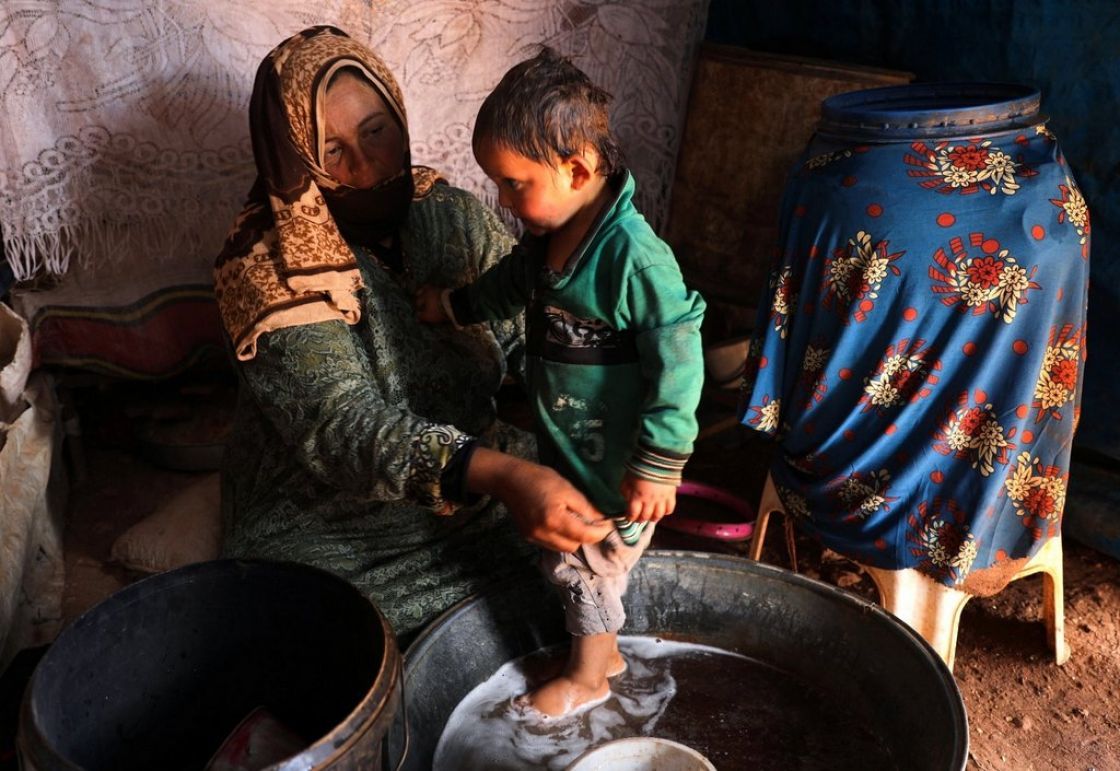- Articles
- Posted
Syria, and the Average Disparities Between the Incomes of the Wealthy and the Poor
Disparities between the wealthy and the poor in Syria do not need statistics and proofs, as street children sleep on the ground and cry out for water in front of hotel visitors like the Four Seasons in central Damascus. Not to mention the financial elites whom we do not see, instead they gather in isolated wealthy compounds. However, numbers are necessary and more informative than sightings, and therefore, statistics of income disparities between the wealthiest and the poorest have never been included in governmental accounting and have always been within the framework of appreciation and diligence.
International Approaches for the Distribution of the Syrian Income
As we pointed out previously, local statistics do not include a calculation for the distribution of income by sectors of the population. However, some international databases have estimations for this distribution depending on expenditure data, like in World Inequality Database, which is a research database funded by a group of universities, research centers and non-governmental organizations. The level of its accuracy and objectivity is not guaranteed, but it is the only agency that adopts one general method in these calculations worldwide. The estimations of WID indicate that the distribution of income in Syria maintains a percentage that did not change much since the 90s, and it is distributed in the following percentages: the wealthiest 10% receive 45% of the income, while the 40% in the middle receive 36.9%, and the poorest 50% of Syrians receive 14.2%. Besides, in more paradoxes, the wealthiest 1% receive 14.7% of the income, while the poorest 40% receive 9.5% only. Which means that every person from the richest 1% in Syria receives an average annual income equivalent to what 62 people receive from the poorest 40%!

The Average Income of the Poorest and the Wealthiest in 2018
However, what do these numbers mean today in the per capita income measure for Syrians in 2018? The estimations of ESCWA have indicated that each individual in 2018 received an average income of $2700 a year, and about approximately $225 a month (which is a hypothetical figure of course, based on the distribution of the total purchasing capacity of income among a number of people evenly, i.e. about $45 billion distributed among 17 million people evenly). Nonetheless, distribution practically differs from this average to a large extent. In spite of that distribution rates have changed a lot and deteriorated with the expansion of unemployment among the poor and the expansion in the extravagant level of wealth versus extreme poverty, lack of data allows the assumption that distribution rates among sectors remained constant like it was before, and allows the use of the rates available to measure the amount of the difference between incomes, particularly between the wealthiest 1% and the poorest 40%. Assuming that the purchasing capacity of the Syrian GDP inside Syria was $45 billion in 2018 according to ESCWA indicators and the World Bank, the average per capita share of the wealthiest and the poorest sectors becomes as follows: $39000 annually for each person from the wealthiest 1%: with approximately 170 thousand people who receive $6.6 billion and a percentage of 14.7% from the total income, and the average monthly rate per person is $3250. $617 annually for each person from the poorest 40%: with approximately 6.8 million people who receive $4.2 billion annually and a percentage of 9.5 % from the total income, and the average monthly rate per person is $51.

At the Level of the Family and Expenditure Capacity
Those 50 dollars per person were equivalent to approximately 25,000 Syrian pounds at the end of 2018, i.e. on average, the share of a family of 5 was an income of 125,000 Syrian pounds. While the living expenses of this family at the end of 2018 were 310,000 Syrian pounds according to the indicator of Kassioun for the living expenses of a family of 5 at the end of 2018. That means, the average income available for a family from the poorest 40% used to cover 40% of the 8 basic needs of a family, which include food, housing, clothing, education, healthcare, transportation, etc. On the other hand, a family of 5 within the sector of the wealthiest 1% used to receive an income of approximately $16250 a month at the end of 2018, i.e. what was back then equivalent to 8 million Syrian pounds a month, and that can cover the needs of 26 families at the minimum of the requirements of living in Syria.



